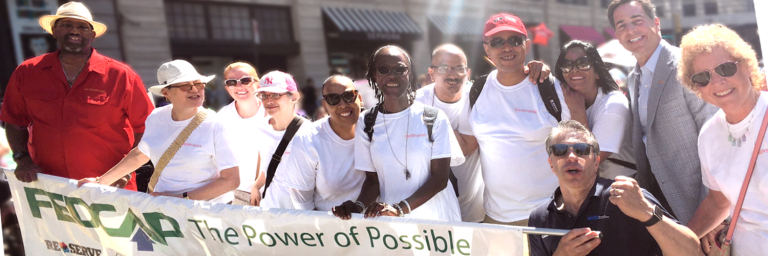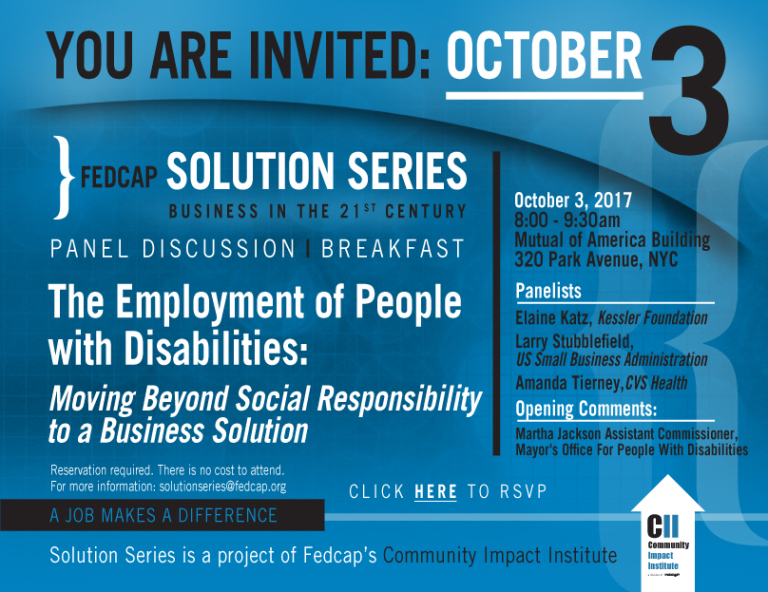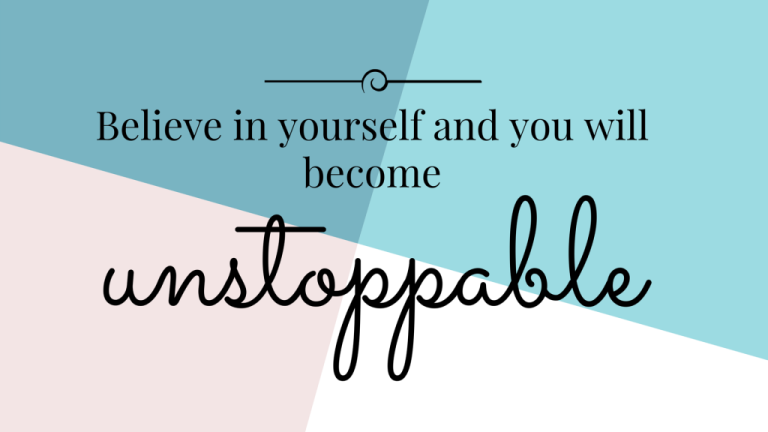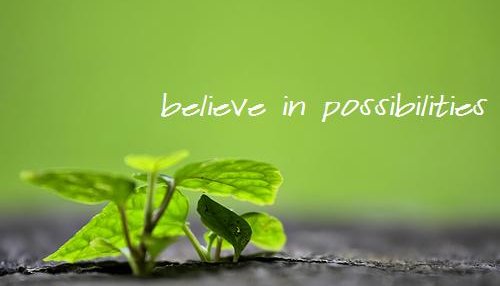Creating an Entrepreneurial Culture
“An entrepreneur always searches for change, responds to it, and exploits it as an opportunity.” — Peter Drucker
When one thinks of entrepreneurship, one thinks usually of a “fast” company—one that is steeped in product resources and that holds profit as the top and bottom line. But entrepreneurship is not relegated to fast-paced for-profit organizations. For a nonprofit organization to thrive, entrepreneurship must be woven into the day-to-day fabric of our work.
It isn’t enough to invite our staff to “be” entrepreneurial. Instead, we must work together to build an entrepreneurial culture so that it is embedded in the conversations about the what, the why, and the how of our mission and vision.
What does it look like to promulgate an entrepreneurial spirit and culture in a nonprofit?
To be entrepreneurial, we must talk as entrepreneurs do. This means actively and intentionally looking at a variety of factors:
First, are we questioning the status quo? Are we asking questions that assure us that we are working to solve the right problems? Is the way we’ve always done things the right way to address the problem we are working to fix? And importantly, how do we know? Have we analyzed and examined the politics, policies, and practices that affect the populations we serve? Have we talked with our consumers, outside stakeholders, and colleagues in the field?
Second, are we cultivating a spirit that invites innovation? Are we ensuring that our staff—at every level—feels safe in introducing a new idea? Are we encouraging our staff to share their learnings? Is there a regular forum for sharing what we’re learning? How do we incorporate our learning into our work so that we’re not just talking about new ideas, but we are implementing them?
Third, are we inspiring an internal culture that embraces—and seeks—risk? Are we openly talking about risk on a regular basis? Are we experimenting with rapid-paced pilots or projects that we can assess and potentially spread throughout the organization as a way to balance the tension between trying something new and managing outcomes?
Fourth, are we using data and metrics—both quantitative and qualitative—to measure our success? Is process improvement a regular part of our lives? Do we know what measure of data we would need to determine that we need to do a rapid course correction?
These are four of the essential elements of entrepreneurship. Asking ourselves these questions on a regular basis will help cultivate a spirit of entrepreneurship as well as establish a culture that embraces change on a daily basis so that we continue to learn and to grow.
What are some other questions you might consider as you cultivate an entrepreneurial spirit?











